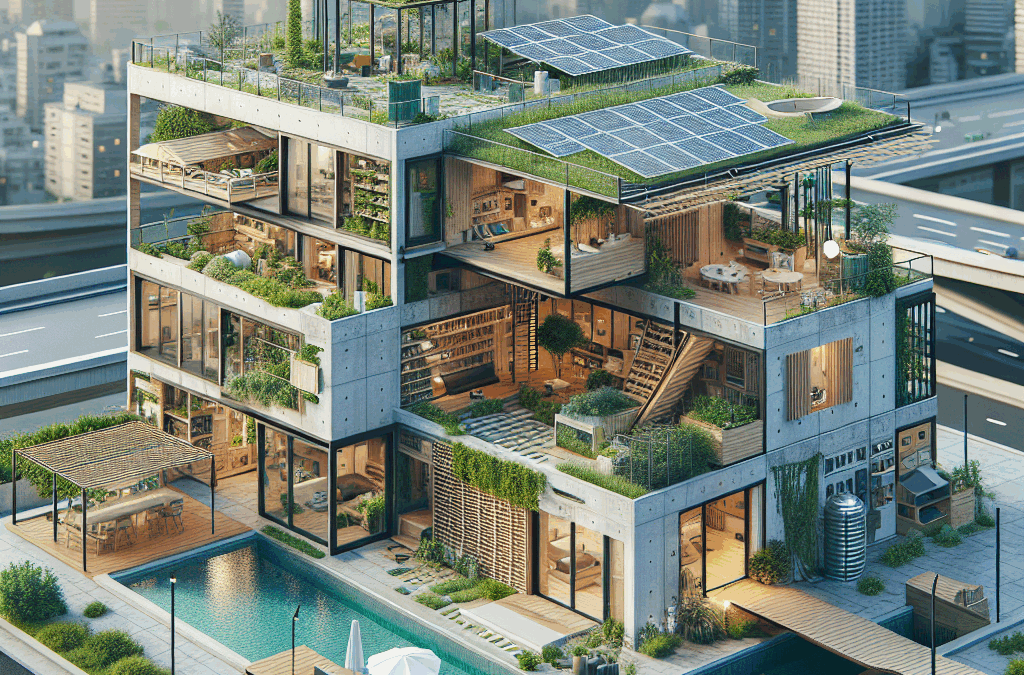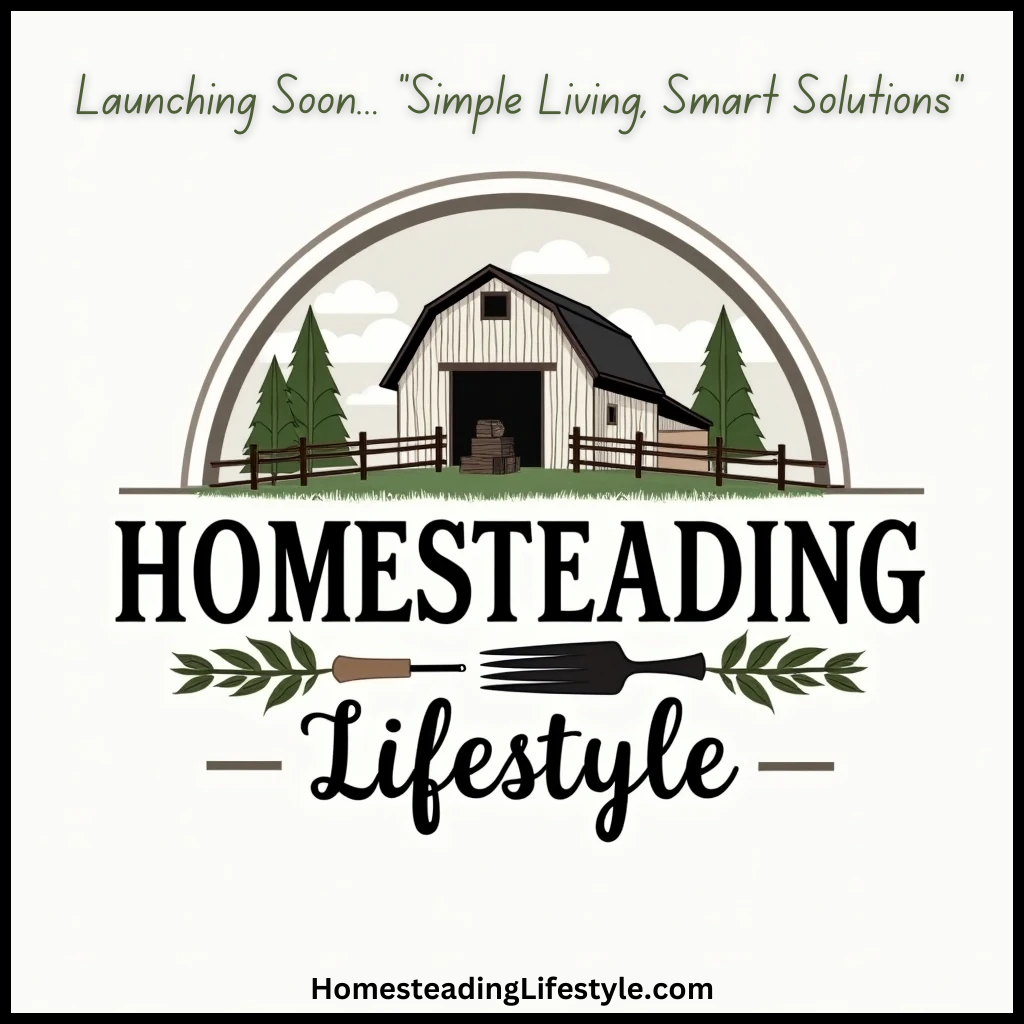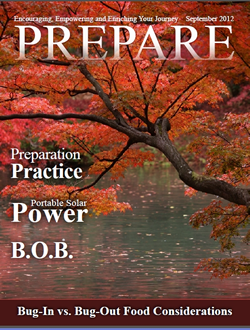Maximizing Space
Understanding Vertical Gardening
In my urban homesteading journey, I quickly realized that maximizing space is the name of the game. Vertical gardening was my golden ticket! By growing up instead of out, I’ve taken advantage of walls, fences, and even repurposed pallets. You can plant herbs, strawberries, or even tomatoes in wall-mounted containers that look great and save space.
Another cool trick I’ve used is hanging planters. They not only look fantastic but also allow you to put plants in unexpected places. Think kitchen windowsills and even ceilings! This little shift in perspective can completely transform your perception of what’s possible in your limited space.
Lastly, don’t forget the power of trellising. I found that using trellises for climbing plants like cucumbers or peas made my small garden feel so much bigger and more vibrant. Vertical structures can also add a bit of charm and character to your urban oasis, making every inch count.
Multi-Functional Furniture
Think about how often you find yourself in need of extra storage or a workspace. My solution has been multi-functional furniture. I invested in some sweet storage ottomans that are great for keeping gardening tools or other supplies handy yet hidden away. So, when I need to plop down for a little break, my furniture becomes my little sanctuary!
I also found tables that double as potting benches. When it’s time to get planting, I roll up my sleeves at this very table. But, when it’s dinner time, it transforms back into a sleek dining surface! This flexibility has been a total game changer for my lifestyle.
Plus, don’t underestimate the magic of foldable or expandable furniture. A table that grows with your needs is fantastic—especially when hosting friends for a backyard BBQ. Just like that, you turn your urban space into a cozy gathering hub, fulfilling multiple needs without a hitch!
Using Every Nook and Cranny
When you’re working with limited urban space, every nook and cranny counts! I started by exploring the often-overlooked areas like balcony ledges and stairway landings. By placing small pots of herbs and flowers in these spots, I turned drab spaces into lively ones.
Also, don’t forget to utilize your rooftop if you have access! Rooftops can be fabulous for gardening, as they often receive more sun. With a little creativity, I created a mini-roof garden filled with vegetables that I never could’ve imagined growing in my flat. Roofs provide a unique spot where you can escape the hustle and bustle below.
Lastly, if you have outdoor walls or fences, hang some planters or vertical racks. Many people overlook these spaces, but I’ve found that they can become mini-gardens bursting with life. It’s all about thinking outside of the box (or pot!).
Choosing the Right Plants
Low-Maintenance Varieties
Choosing the right plants is crucial for urban success. I quickly learned to focus on low-maintenance varieties that thrive despite my sometimes chaotic schedule. Succulents and herbs like rosemary or mint have been lifesavers. I can tell you those guys practically take care of themselves, needing little more than a drink of water now and then.
I also got hooked on perennial plants. They return year after year, saving me the hassle of replanting, giving me more time to sit back and enjoy my space instead of stressing over it! These plants provide beauty and food without demanding constant attention.
Moreover, consider companion planting, which can help manage pests naturally while promoting growth. After introducing marigolds into my veggie patch, I noticed not only improved health in my tomatoes, but also vibrant colors and life buzzing around the garden!
Seasonal Planning
Seasonal planning made a huge impact on my urban homesteading success. I’ll admit, I started with a haphazard approach, but once I mapped out a calendar of when to plant certain seeds, it changed everything. Knowing what’s in season helps prevent those disappointing harvests!
Every season brings different challenges and opportunities. For instance, I’ve learned to grow cool-season crops like kale and lettuce in the spring and fall, while reserving the height of summer for my tomatoes and peppers. This planning helped me make the most of my limited growing space—and what I can achieve in a year!
Additionally, implementing crop rotation has worked wonders. Switching the location of specific plants helps keep the soil healthy, and it makes evading pests a breeze. This kind of planning brings a sense of strategy to my garden that I truly enjoy!
Native Plant Integration
Integrating native plants has been a real revelation in my urban homestead. They’re typically more resilient and require less water—key when you live in the city and want to conserve resources. I went to my local native plant nursery and was amazed at the diversity I found!
By incorporating these plants, not only do I enhance biodiversity, but I also attract local pollinators like bees and butterflies. It’s fascinating to watch my garden transform into a bustling ecosystem, and it feels great to contribute positively to my urban environment.
And here’s the kicker—they often need less maintenance because they’re adapted to the local climate. I can spend less time worrying about watering or pest control and more time enjoying my space. It’s a win-win!
Creating Community Connections
Joining Local Gardening Groups
One of the best decisions I made was joining local gardening groups in my community. Connecting with fellow urban farmers and gardeners gave me access to a multitude of resources. From sharing tips to swapping excess produce, it really enriched my gardening experience.
Not only do these groups foster knowledge-sharing, but they also create a sense of belonging. I’ve made some amazing friendships with like-minded folks who greet me with smiles in our local community gardens. Plus, having someone to share the highs and lows of gardening makes the endeavor so much more rewarding!
I can’t forget to mention the workshops! These groups often organize events where experienced gardeners share their advice. I’ve attended some awesome sessions that taught me everything from advanced composting techniques to how to properly prune fruit trees.
Engaging with Local Businesses
Building relationships with local businesses has been another game-changer for my homestead. Many local nurseries and gardening stores offer resources, advice, and sometimes even discounts for community members. I’ve received some great deals by simply being active in my local gardening scene.
Additionally, I’ve made a habit of supporting businesses that prioritize sustainability. It feels amazing to contribute to my community while knowing that I’m helping the environment, and I’ve found many businesses share tips on gardening and urban farming best practices too!
Moreover, forming connections with local restaurants can also create opportunities for both parties. Some places love to use local, fresh produce and will even buy from you if you have a surplus. It’s a fabulous way to bring my homestead full circle and contribute to the local economy.
Participating in Community Gardens
This might be my favorite point: community gardens! These lush spots serve as hubs for urban dwellers to cultivate their green thumbs while connecting with others. I’ve been fortunate to have access to a plot in a nearby community garden where I grow my favorite veggies.
Not only do community gardens offer additional growing space, but they also create stronger community bonds. Working side by side with my neighbors while dabbing in the dirt has led to lasting friendships (and countless vegetable swaps!). There’s something magical about growing together and getting to know one another over shared stories of triumph and challenge.
Finally, participating means you can learn from seasoned gardeners and share experiences. The skills I’ve picked up from other members have shaped my gardening style immensely. From pest control tips to planting techniques, there’s always something new to learn!
Implementing Sustainable Practices
Composting at Home
Composting has elevated my gardening game like nothing else. I can’t stress enough how beneficial it is for urban homesteaders. In my small apartment, I started with a simple kitchen compost bin, and it’s a total lifesaver for reducing waste while enriching my soil.
I toss in veggie scraps, coffee grounds, and even shredded paper. It’s really rewarding to watch what used to be trash transform into nutrient-rich compost. When it’s time to replenish my garden beds, that black gold comes in handy! I can literally see the difference it makes in the vibrancy of my plants.
Plus, composting is a simple way to educate others about sustainability. I love sharing what I’ve learned with friends and neighbors, inspiring them to join in on the composting movement. The more we work together, the healthier our urban ecosystem becomes!
Water Conservation Techniques
Water conservation has become a top priority in my gardening efforts. I began implementing simple techniques, like mulching around my plants, to retain moisture and reduce the need for frequent watering. It’s done wonders for my plants and my water bill!
Drip irrigation systems have also made a huge impact. They’re efficient and deliver water exactly where it’s needed, minimizing waste and saving time. Setting it up was definitely worth it, and it gives me peace of mind when I travel or forget to water regularly.
And don’t underestimate the power of rain barrels! Collecting rainwater for my plants has been a game changer. It’s a fantastic way to utilize natural resources while living sustainably in the city. Plus, who doesn’t love the idea of watering their garden with rainwater?
Reducing Plastic Use
Lastly, reducing plastic use has been high on my list. I consciously opted for biodegradable pots, reusable gardening tools, and cloth bags for my harvests instead of plastic alternatives. It feels great to minimize my footprint while still enjoying the gardening process.
I also started sharing my homemade organic fertilizer recipes with friends to encourage them to make their own instead of purchasing pre-packaged products. This little action has sparked a movement among my gardening pals, showing that every small change counts.
And every time I catch someone who wants to use single-use plastic for garden supplies, I gently redirect them to more sustainable options, sharing my own experiences. It’s been rewarding to witness our community slowly shift towards more sustainable practices in and out of our gardens.
Frequently Asked Questions
1. What are the most important features of a compact urban homestead?
The most important features include maximizing space through vertical gardening, choosing low-maintenance plants, integrating native plants and building community connections. Each aspect contributes to creating a thriving urban garden.
2. How can I start my own compost at home?
You can start with a simple kitchen compost bin or pile. Collect scraps from your kitchen, like vegetable peels and coffee grounds, mix them with yard waste, and let the natural decomposition process do its work. It’s easy and rewarding!
3. What are some good low-maintenance plants for city gardens?
Great low-maintenance plants include succulents, various herbs (like rosemary and mint), and perennials. These plants require minimal care and can thrive in urban environments.
4. How do community gardens work?
Community gardens bring local residents together to share land and resources for gardening. Participants typically have their own plots to cultivate, while also contributing to shared spaces. It’s a wonderful way to build community!
5. Why is sustainable practice important in urban gardening?
Sustainable practices help reduce our carbon footprint, conserve resources, and foster a healthy ecosystem. By gardening sustainably, we not only enhance our lives but also contribute positively to the environment around us.




